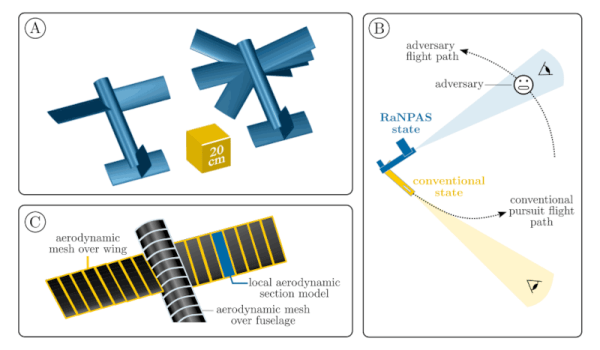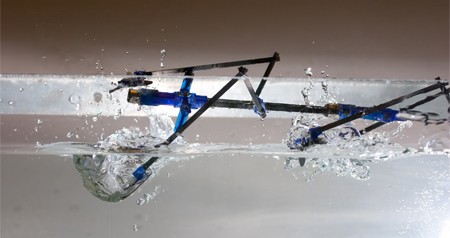One staple of science fiction is the ornithopter, which is a plane with moving wings. While these haven’t proved very practical in the general sense, a recent paper talks about mimicking natural wings changing shape to improve maneuverability in drones and other aircraft. In particular, the paper talks about how the flight performance of many birds and bats far exceeds that of conventional aircraft.
The technical term for being more maneuverable than a conventional aircraft is, unsurprisingly, called supermaneuverability. Aircraft performing things like the Pugachev Cobra maneuver (watch the video below, or the latest Top Gun movie) require this type of operation, and with modern aircraft, this means using thrust-vector technology along with unstable airframes and sophisticated computer control. That’s not how birds or bats operate, though, and the paper uses modern flight simulation techniques to show that biomimicry and thrust vector technology don’t have to be mutually exclusive.
Continue reading “Up In The Sky… It’s A Bird… It’s A Drone… Oh Yeah, It’s A Drone”












